The Economic Research Department provides recurring updates of specific data sets related to its research. Topics include inflation, excess savings, productivity, employment, news sentiment, and other areas of research.
Summary of Commentary on Current Economic Conditions: Federal Reserve Bank of SF
Featured Data Series: Inflation
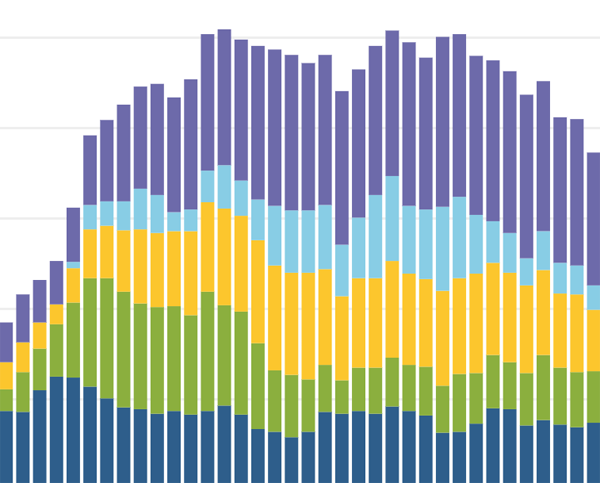
PCE Inflation Contributions from Goods and Services
PCE Inflation Contributions from Goods and Services provides monthly updates on price changes for the broad categories of goods and services that U.S. households consume to understand their role in driving changes in overall personal consumption expenditures (PCE) inflation.
Charting New Stories with the SF Fed Data Explorer
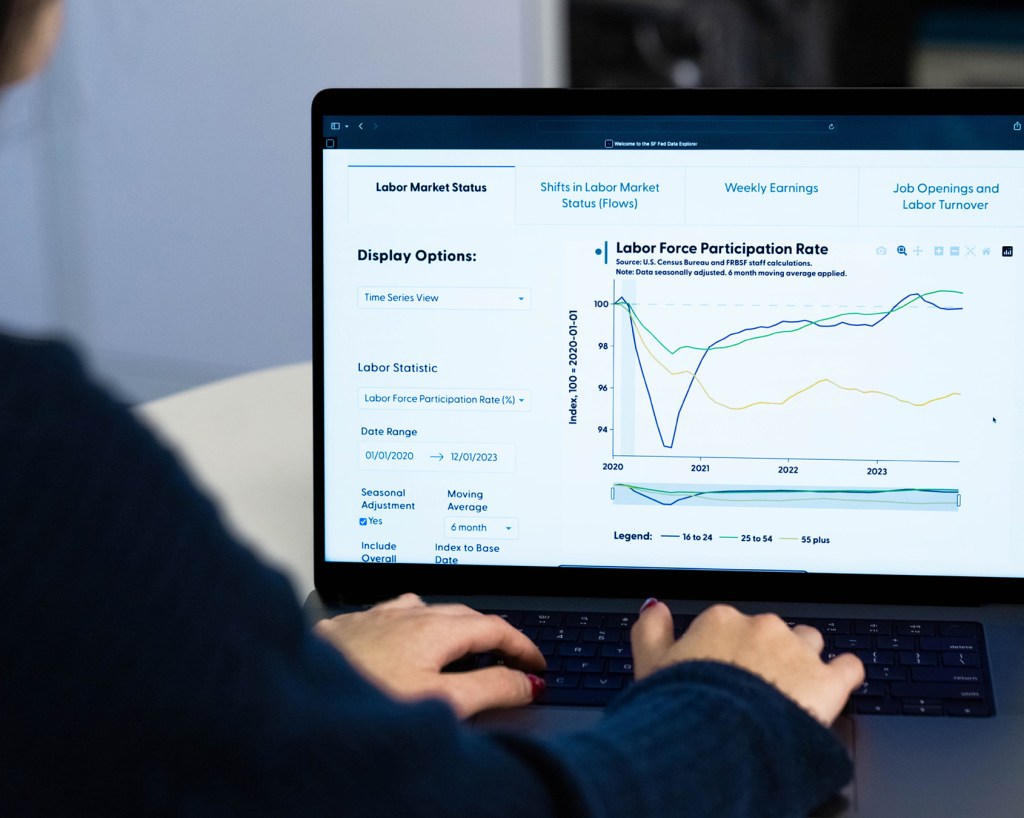
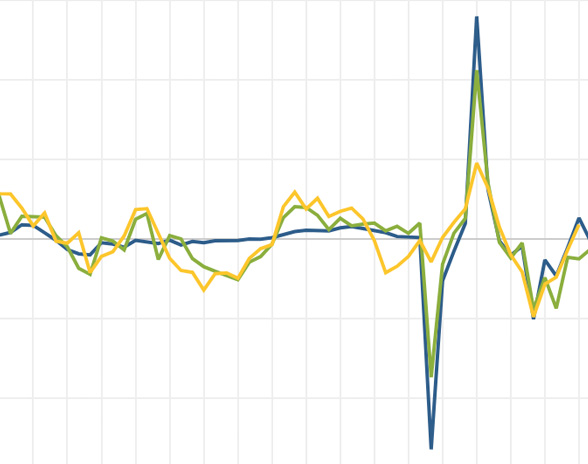
The China Cyclical Activity Tracker, China CAT, is an alternative measure of China’s economic growth based on research in Fernald, Hsu, and Spiegel (2019).
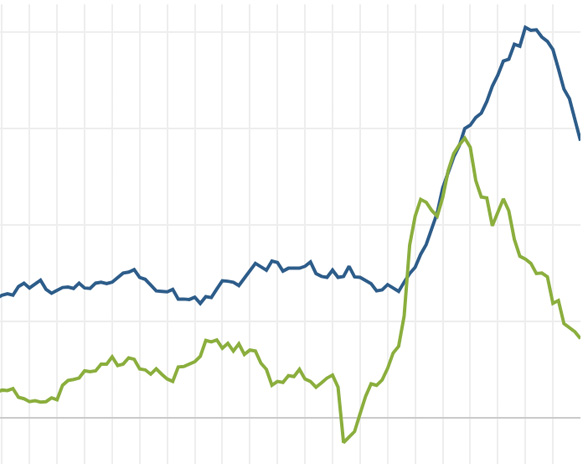
Cyclical and Acyclical Core PCE Inflation divides components of core personal consumption expenditures according to whether they move in tandem with economic cycles or are independent of the state of the overall economy.
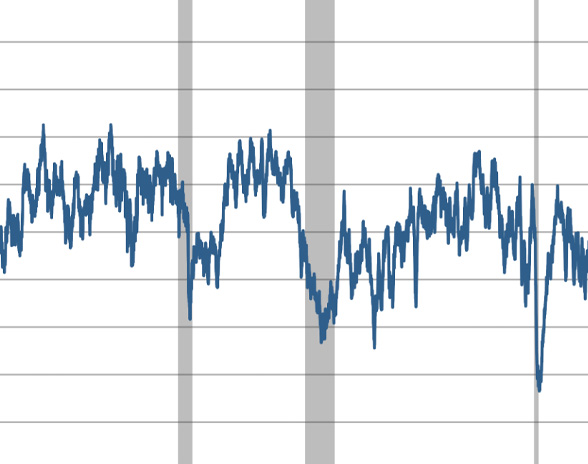
The Daily News Sentiment Index is a high frequency measure of U.S. economic sentiment based on lexical analysis of economics-related news articles.
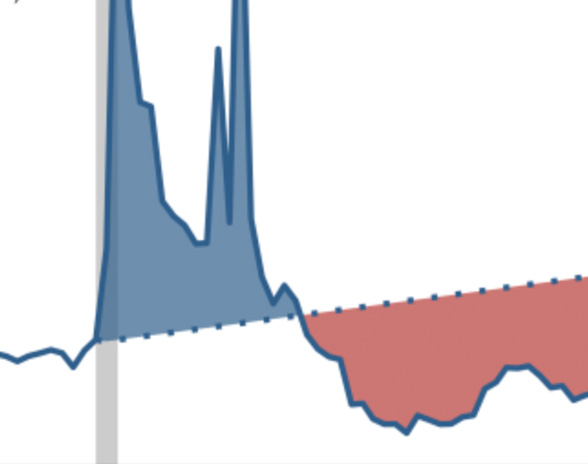
Pandemic-Era Excess Savings updates estimates of the remaining stock of aggregate excess savings in the U.S. economy, defined as the difference between actual savings and the pre-pandemic trend.
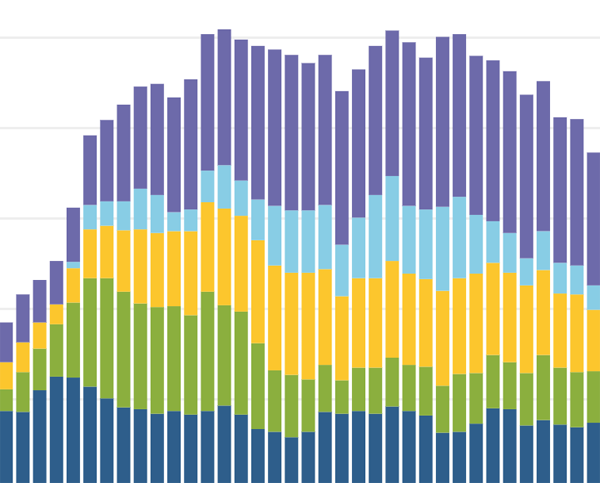
PCE Inflation Contributions from Goods and Services provides monthly updates on price changes for the broad categories of goods and services that U.S. households consume to understand their role in driving changes in overall personal consumption expenditures (PCE) inflation.
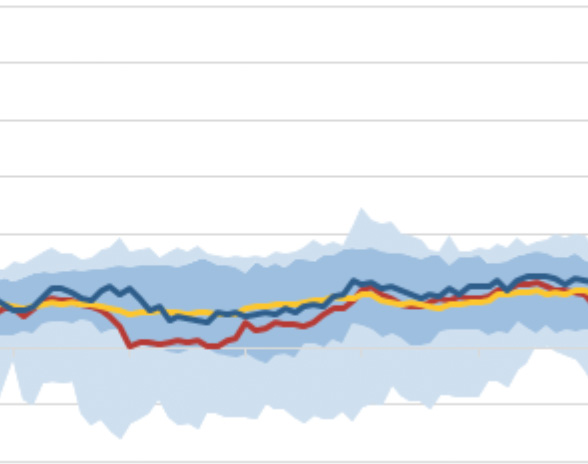
PCE Inflation Dispersion statistics present a more detailed summary of the personal consumption expenditure price index (PCEPI), a measure of U.S. inflation. Included are measures of the distribution of price changes across categories and diffusion indices.
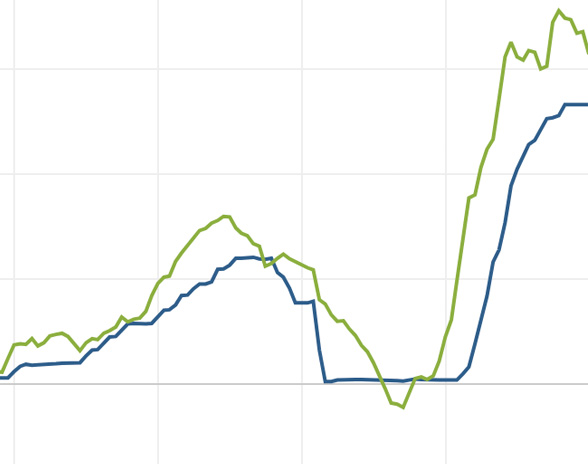
The Proxy Funds Rate uses a broad set of financial market indicators to assess the stance of monetary policy. The proxy rate can be interpreted as indicating what federal funds rate would typically be associated with prevailing financial market conditions if the federal funds rate were the only monetary policy tool being used.
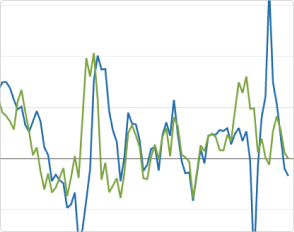
The SF Fed Data Explorer is an interactive tool that gives users the ability to explore, analyze, and download detailed data for various groups of people in the U.S. labor market. The data come from responses to the monthly Current Population Survey (CPS).
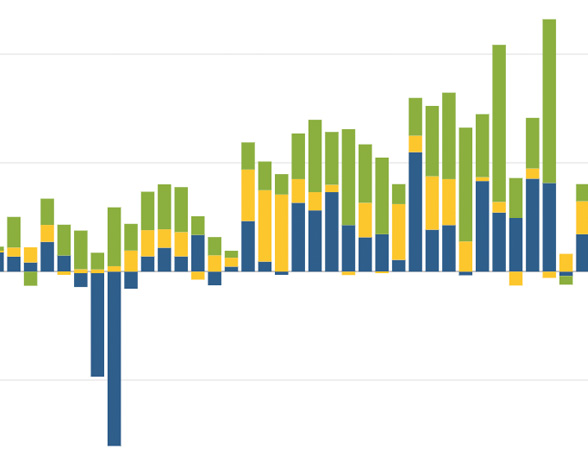
Supply- versus Demand-Driven PCE Inflation determines the monthly contributions to both headline and core personal consumption expenditures (PCE) inflation from supply-driven versus demand-driven components.
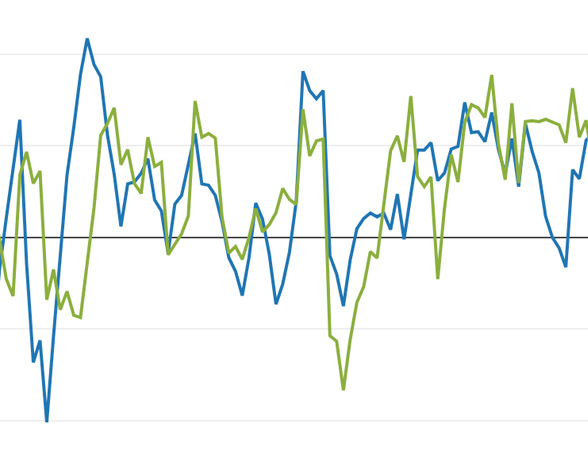
Total Factor Productivity (TFP) presents a real-time, quarterly data series for the U.S. business sector, adjusted for variations in factor utilization—labor effort and capital’s workweek.
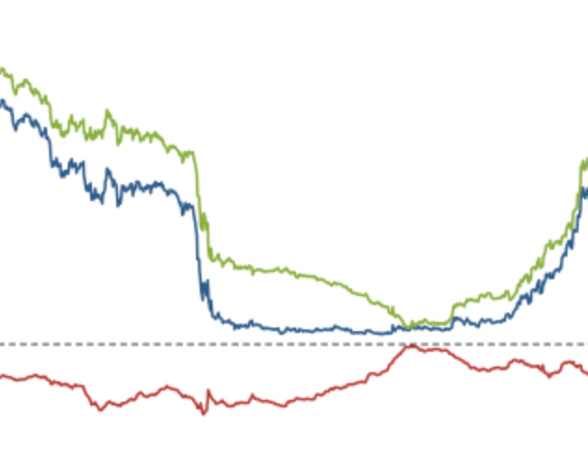
The Treasury yield premium model decomposes nominal bond yields of various maturities into three components: expectations of the average future short-term interest rate, a term premium, and a model residual.
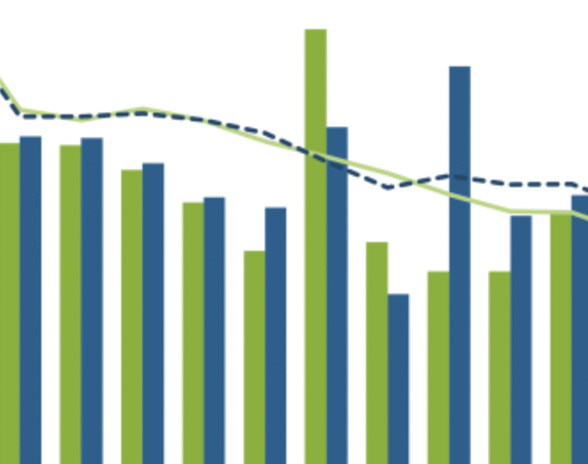
This page provides estimates of weather-adjusted employment change in the United States for the past six months. The estimates are aggregated from county-level estimates of weather’s employment effects, which were derived from a county-level analysis of the short-run effects of unusual weather on employment growth.
Recent Updates
APR
15
Charts and downloadable data
Weather-Adjusted Employment Change
APR
5
Charts and downloadable data
APR
2
Charts and downloadable data
Community Development Data
Disruptions from Wildfire Smoke: Data Portal and 12th District Regional Snapshots
2021 Small Business Credit Survey Reports: Arizona, California, Hawaii, Oregon, and Washington
Featured Economists
Meet the authors of the research and data analysis featured on this page.
View All Economists







